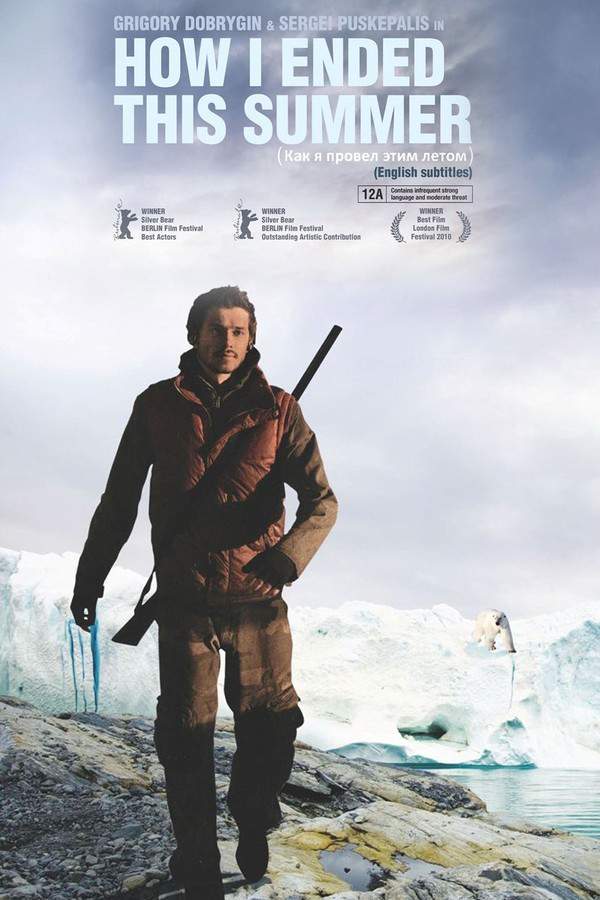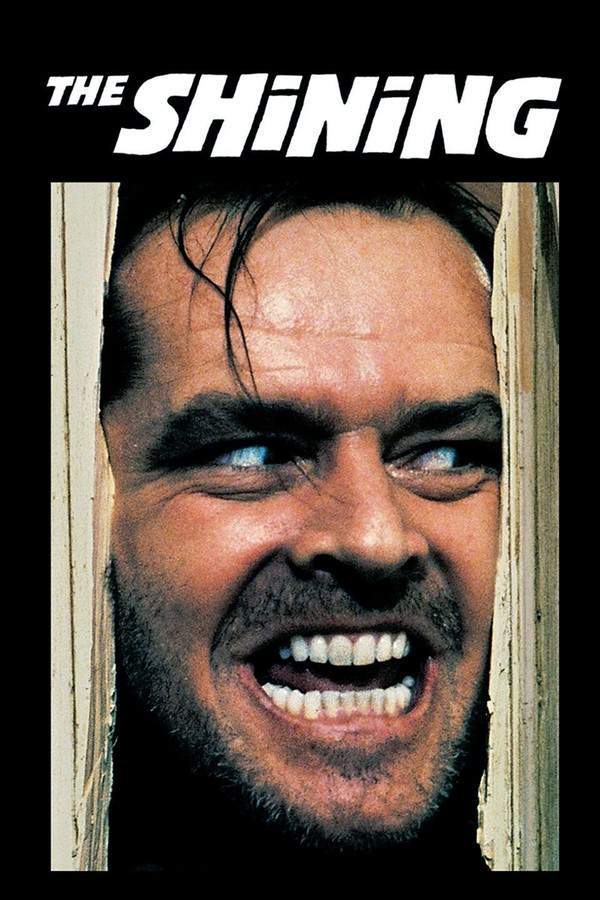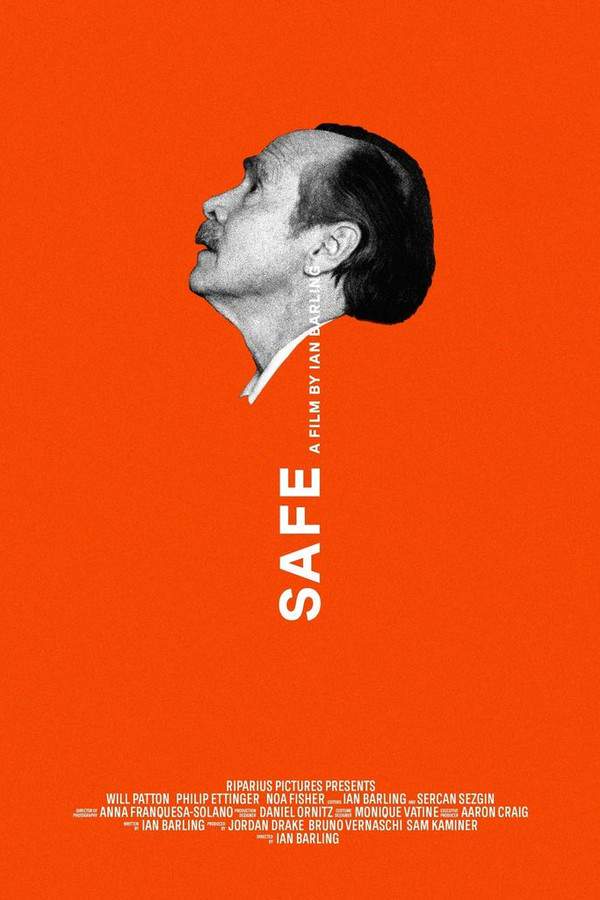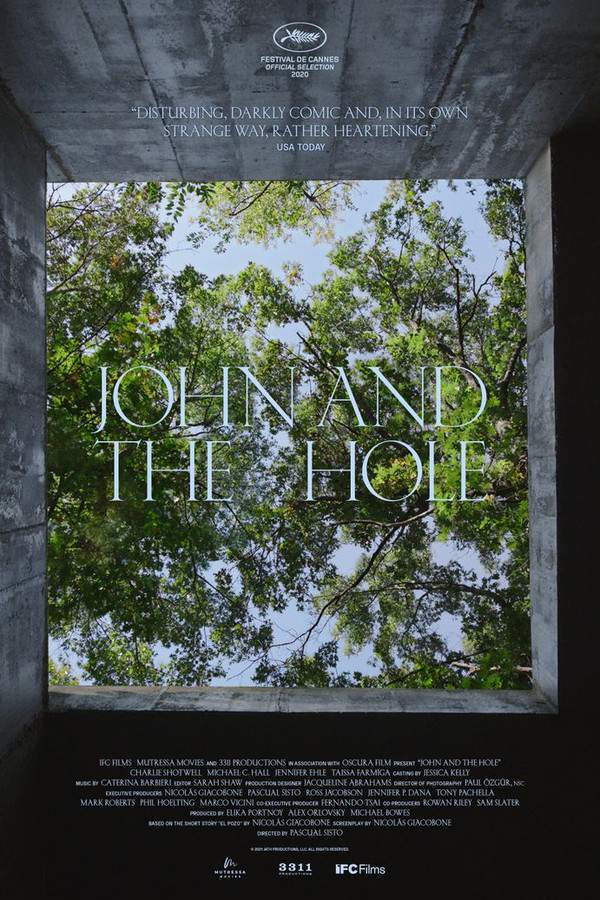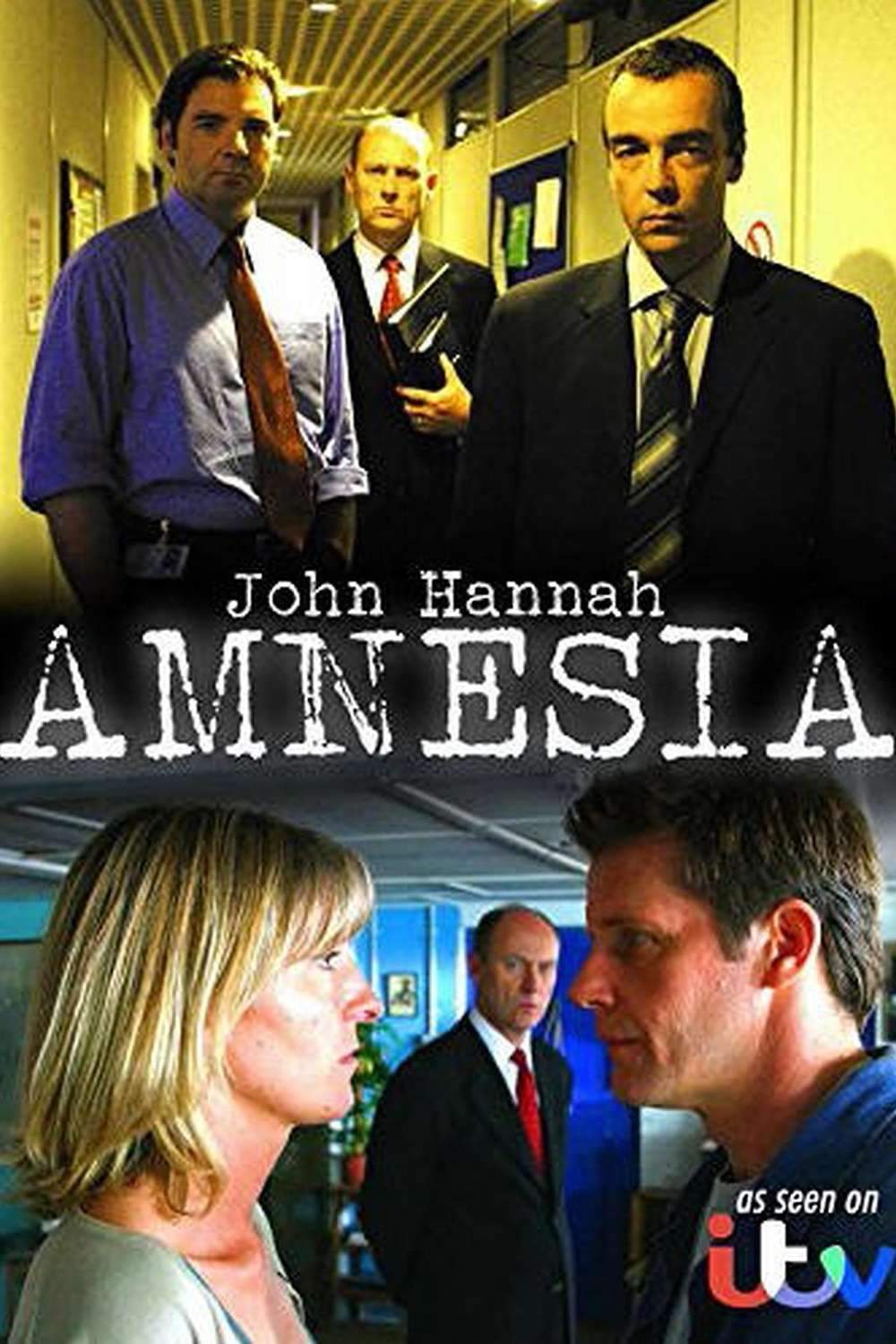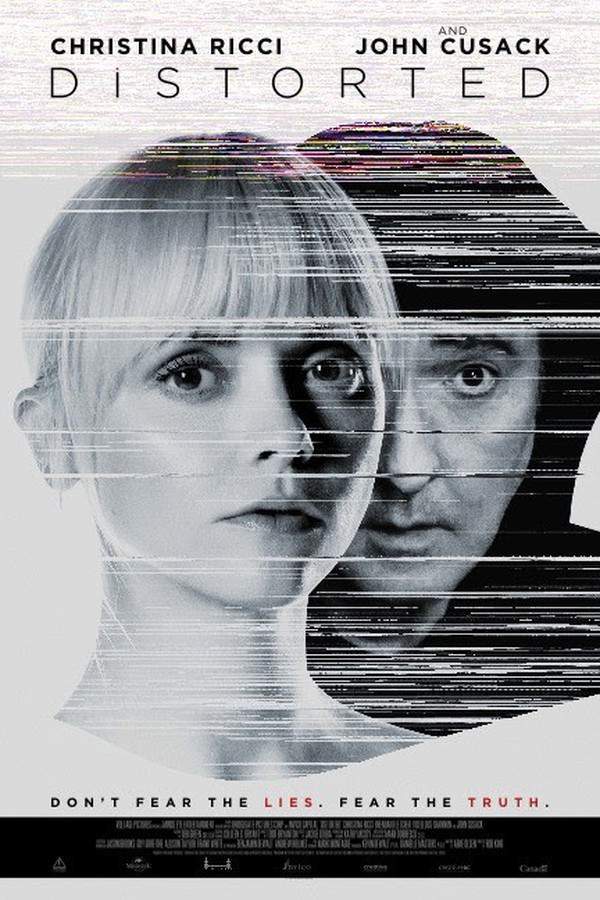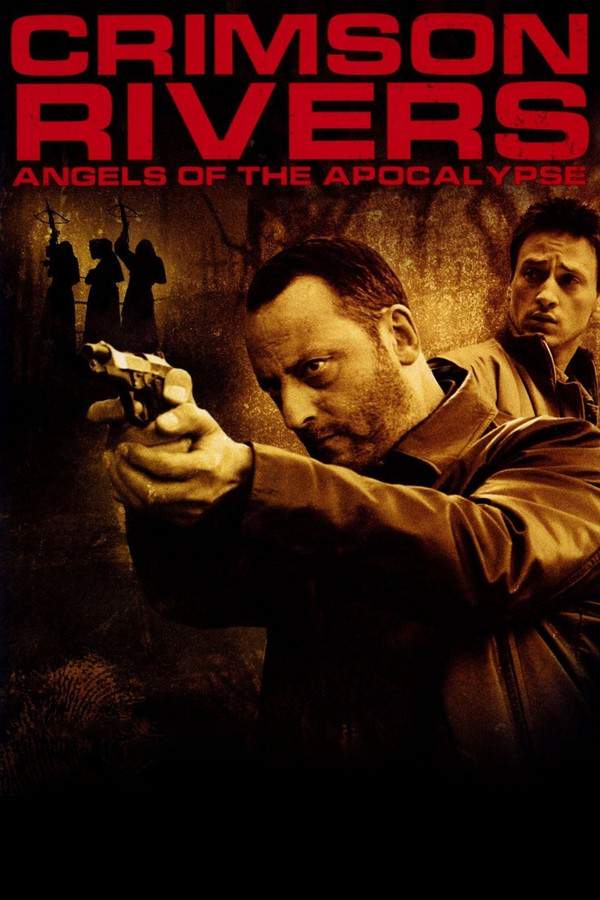
Whitewash
Year: 2014
Runtime: 90 min
Language: English
Director: Emanuel Hoss-Desmarais
While snowplowing in the remote, frozen wilderness of rural Quebec, Bruce makes a reckless mistake with tragic consequences. He flees into the darkness as authorities pursue him, haunted by his past and the secrets of the victim. As Bruce desperately tries to evade capture, the true nature of the deceased is revealed, forcing him to confront the devastating impact of his actions and the chilling truth about the community he thought he knew.
Warning: spoilers below!
Haven’t seen Whitewash yet? This summary contains major spoilers. Bookmark the page, watch the movie, and come back for the full breakdown. If you're ready, scroll on and relive the story!
Whitewash (2014) – Full Plot Summary & Ending Explained
Read the complete plot breakdown of Whitewash (2014), including all key story events, major twists, and the ending explained in detail. Discover what really happened—and what it all means.
Bruce is a snowplow driver in a remote Quebec town who faces a fateful night when, after a drunken drive through a fierce snowstorm, he strikes a pedestrian and panics. He hides the body in a snowbank and, in a daze, powers on into the woods, eventually becoming stuck in the cold with no supplies. What begins as a desperate bid to survive becomes a slow immersion into guilt and fear as he tries to figure out what to do next. He abandons any early idea of seeking help, choosing instead to stay near his abandoned snowplow and confront the mounting emotion of his own actions. He rehearses his police statement aloud to himself, and the imagined conversations grow more charged as he is forced to face the possibility that his victim had children.
As the present-day crunch of his situation tightens, Bruce drifts into flashbacks that peel back the layers of what happened before this deadly night. He and the dead man, Paul, were houseguests, and their uneasy relationship spiraled after Paul was discovered attempting to commit suicide by inhaling car exhaust. In those moments, Bruce finds himself drawn into Paul’s world, admiring his vehicle and sharing casual moments that gradually reveal friction and dependence. Paul asks for a loan and pushes for a deeper connection, even as Bruce explains that he cannot help him. Bruce lives with memories of his wife and his job loss, a life turned upside down after a drunken accident with his snowplow that cost him his livelihood. Paul notices Bruce’s collection of highly realistic ocular prostheses, uses his own claimed web-design skills to propose setting up an online storefront for the collection, and then, in a tense moment, Bruce rejects the idea of selling what connects him to his late wife.
Back in the present, Bruce’s search for basic shelter and fuel leads him to a restaurant where he discovers, through a newspaper, that both he and Paul have been reported missing. He stockpiles supplies, returns to the snowplow, and then, when his safeguard runs thin, ventures deeper into the woods to explore a sprawling house by a frozen lake. He breaks into a shed to steal tools and provisions, only to be confronted by the homeowners when they come home. The daughter, Simone, finds him; the moment unsettles them both, and he apologizes to her father, Eric, before slipping away again into the trees. The tension escalates as Bruce injures his ankle during his retreat, forcing him to endure hours of numbness and suffering while he hides on Eric’s land and constructs more imaginary dialogues with the police.
The story peels back more layers through further flashbacks: Bruce had once caught Paul stealing, and pursuing him in the snowplow led to a deadly moment where Paul seems to smile as he is struck. This fuels Bruce’s growing sense that the vehicle itself bears responsibility in the tragedy, and he becomes increasingly hostile toward the machine he once trusted. In a dramatic surge of fear and anger, he douses the snowplow with gasoline and sets it alight, attempting to sever himself from the accident and its aftermath.
With his ankle healed enough to move again, Bruce steals a snowmobile and digs up Paul’s body, discarding it in a frozen lake. He’s caught in the act, witnesses scatter, and he hurries back to his own home where paranoia tightens its grip. He believes two men are converging on him—whether police or accomplices of Eric—and he tries to hide by banging his boot against the snowplow to attract attention, but the threat passes. His skills with machinery are limited, and his body grows weaker as starvation and boredom hollow out the days. The winter drifts toward a temporary ease as the cold recedes briefly, only to snap back with renewed ferocity.
In the film’s quiet epilogue, Bruce’s inner voice returns, offering stark, starkly moral observations about guilt and endurance. The closing reflections crystallize into two lines that linger beyond the image of snow and ice:
every guilty person is his own hangman
…and each new day will be better
Goddamn, it’s freezing.
The story remains focused on a man’s struggle to reconcile a life-altering mistake with the harsh indifference of nature and the anxious scrutiny of a world that won’t easily forget. The atmosphere stays taut and restrained, balancing bleak realism with existential introspection, and leaving readers with a lingering sense of isolation, consequence, and the uncertain possibility of forgiveness.
Last Updated: October 09, 2025 at 16:21
Explore Movie Threads
Discover curated groups of movies connected by mood, themes, and story style. Browse collections built around emotion, atmosphere, and narrative focus to easily find films that match what you feel like watching right now.
Isolated winter thrillers with psychological dread like Whitewash
Stories where the unforgiving winter landscape mirrors a character's internal collapse.If you liked the chilling isolation and psychological unraveling in Whitewash, explore more movies where a remote, snowy setting amplifies the tension. These films often feature characters grappling with guilt or secrets, using the bleak winter landscape to create a powerful sense of claustrophobia and dread, similar to the vibe in Whitewash.
Narrative Summary
The narrative follows a character, often isolated by circumstance or choice, in a remote winter wilderness. Their internal crisis—be it guilt, grief, or a terrible secret—is magnified by the harsh, unforgiving environment. The story unfolds as a slow-burning survival tale, both external and internal, where the line between the threatening outside world and the protagonist's deteriorating mental state blurs.
Why These Movies?
Movies in this thread are united by their use of a harsh winter setting as a primary antagonist and a reflective surface for the protagonist's psyche. They share a slow, deliberate pacing that builds atmospheric dread, a high emotional weight centered on internal conflict, and a tone that is consistently tense, bleak, and claustrophobic.
Thrillers about accidental crimes and moral dilemmas like Whitewash
A single, reckless mistake sends an ordinary person down a rabbit hole of guilt and consequences.For viewers who enjoyed the moral complexity and heavy guilt in Whitewash, this section features movies about ordinary people caught in devastating situations after a fatal mistake. These psychological thrillers explore the weight of consequences and the desperate, often bleak, journeys of characters trying to cope with their actions, similar to the story in Whitewash.
Narrative Summary
The plot is triggered by a single, often accidental, event with tragic outcomes. The narrative then follows the perpetrator's psychological unraveling as they grapple with immediate guilt and the looming threat of exposure. The story is character-driven, focusing on their paranoia, desperate choices, and the slow revelation of deeper truths about themselves and the victim, leading to an ambiguous or bleak resolution that emphasizes the lasting burden of their actions.
Why These Movies?
These films are connected by their central theme of a life-altering mistake and its heavy moral and psychological repercussions. They share a high-intensity, tense tone driven by internal conflict rather than external action, a slow pacing that allows for deep character study, and a consistently heavy emotional weight dealing directly with guilt, grief, and trauma.
Unlock the Full Story of Whitewash
Don't stop at just watching — explore Whitewash in full detail. From the complete plot summary and scene-by-scene timeline to character breakdowns, thematic analysis, and a deep dive into the ending — every page helps you truly understand what Whitewash is all about. Plus, discover what's next after the movie.
Whitewash Timeline
Track the full timeline of Whitewash with every major event arranged chronologically. Perfect for decoding non-linear storytelling, flashbacks, or parallel narratives with a clear scene-by-scene breakdown.

Characters, Settings & Themes in Whitewash
Discover the characters, locations, and core themes that shape Whitewash. Get insights into symbolic elements, setting significance, and deeper narrative meaning — ideal for thematic analysis and movie breakdowns.

Whitewash Spoiler-Free Summary
Get a quick, spoiler-free overview of Whitewash that covers the main plot points and key details without revealing any major twists or spoilers. Perfect for those who want to know what to expect before diving in.

More About Whitewash
Visit What's After the Movie to explore more about Whitewash: box office results, cast and crew info, production details, post-credit scenes, and external links — all in one place for movie fans and researchers.



